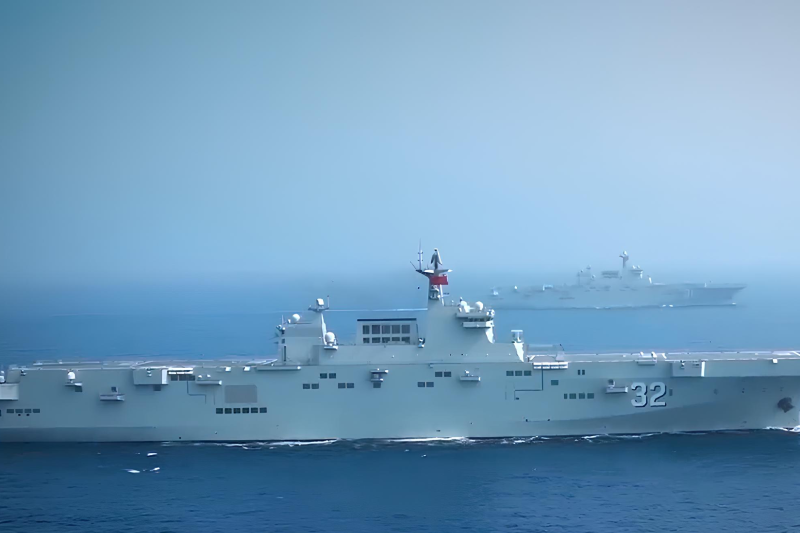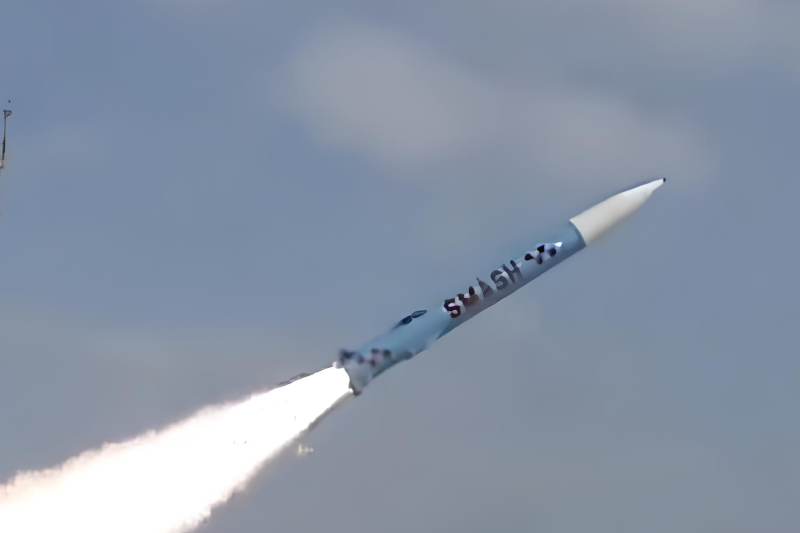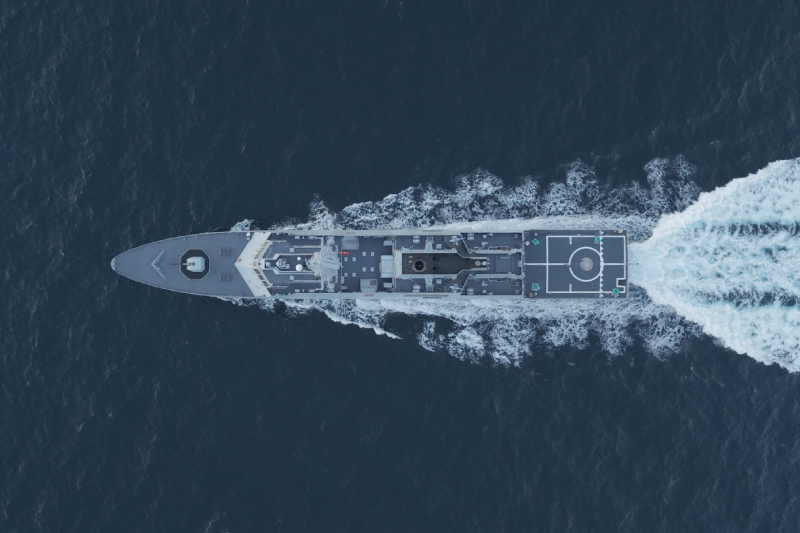Taiwan Begins Sea Trials For Indigenous Submarine
Taiwan has commenced sea trials of its first domestically manufactured submarine, marking a significant milestone in the island’s defense modernization efforts amid growing tensions with mainland China. The vessel represents the cornerstone of Taiwan’s ambitious submarine program launched in 2016, designed to deliver eight submarines to strengthen the nation’s underwater deterrent capabilities.
CSBC Leads Taiwan’s Submarine Push
Shipbuilder CSBC Corp announced Tuesday that sea trials began Saturday at the southern port of Kaohsiung, nearly two years after the submarine’s initial unveiling. The first phase testing successfully concluded Tuesday with a “floating navigation test,” establishing the foundation for subsequent underwater trials phases in the comprehensive evaluation program.
Three-Stage Test Boosts Readiness
The submarine testing follows a rigorous three-stage protocol, with the completed floating navigation test representing the initial phase. CSBC Corporation stated it will analyze test results to adjust and improve each system before proceeding to submerged navigation tests, ensuring all systems meet operational requirements before final delivery.
Advanced Combat Systems Integration
The 80-meter submarine features a displacement weight between 2,500 to 3,000 tons and incorporates sophisticated combat systems and torpedoes sourced from U.S. defense contractor Lockheed Martin. This American technology integration demonstrates continued U.S. support for Taiwan’s defense capabilities while ensuring compatibility with Western naval systems and operational standards.
Ambitious Timeline Targets November Delivery
Taiwan’s Navy has established an aggressive timeline, aiming to complete all sea trials by September 30 and achieve submarine delivery by November’s end. This accelerated schedule reflects the urgency Taiwan places on enhancing its naval capabilities amid increasing regional security concerns and potential threats to the island’s sovereignty.
Political Opposition Creates Budget Challenges
The submarine program faces significant political obstacles as the main opposition Kuomintang party and Taiwan People’s Party, controlling parliament together, froze portions of the program budget earlier this year. Opposition parties demand submarine sea trial results before releasing additional funding, creating potential delays in the broader eight-submarine fleet development.
Asymmetric Strategy Fuels Naval Upgrade
Taiwan’s submarine development aligns with its asymmetric warfare strategy, recognizing that conventional military parity with China remains impossible. The focus on agile equipment like submarines and drones aims to maximize defensive capabilities while exploiting geographic advantages around the Taiwan Strait’s challenging underwater terrain.
Concerns Over Defense Spending Cuts
Military analysts express concern that opposition efforts to reduce defense spending could significantly impact Taiwan’s ability to strengthen its firepower and defensive capabilities. These budget constraints potentially threaten not only the submarine program but broader military modernization efforts essential for maintaining credible deterrence against potential aggression.
Current Naval Capabilities Highlight Urgent Need
Taiwan’s navy currently operates only two functional submarines, both aging Swordfish-class vessels purchased from the Netherlands during the 1980s. This limited underwater capability represents a critical vulnerability, especially considering modern submarine warfare’s importance in contemporary naval operations and territorial defense strategies.
China’s Naval Expansion Creates Strategic Imbalance
Over the past decades, China has constructed one of the world’s largest navies, featuring nuclear-powered submarines and aircraft carriers that dramatically outmatch Taiwan’s naval capabilities. This growing military imbalance underscores the strategic importance of Taiwan’s indigenous submarine program for maintaining regional stability and deterrent credibility.
Technology Transfer and International Support
The submarine program demonstrates successful technology transfer arrangements with international partners, particularly the United States, enabling Taiwan to develop indigenous manufacturing capabilities. This approach reduces dependence on foreign suppliers while building domestic defense industrial capacity for long-term security requirements.
Regional Security Implications
Taiwan’s submarine development occurs within broader regional security dynamics, where underwater capabilities play increasingly important roles in maintaining maritime balance. The program’s success could influence other regional nations’ submarine acquisition strategies and impact overall Indo-Pacific security calculations.
Also read this: ASELSAN Expands Indonesia Partnership At IndoDefence Expo
Future Fleet Expansion Plans
Beyond the initial submarine, Taiwan’s eight-vessel program represents a substantial commitment to underwater warfare capabilities development. Successful completion of current sea trials will validate the indigenous submarine design and manufacturing processes, enabling series production of additional vessels to achieve the planned fleet size.
Taiwan’s domestically built submarine sea trials represent a crucial step in the island’s defense modernization strategy, combining indigenous manufacturing capabilities with advanced international technology to address growing security challenges in the Taiwan Strait region.
Keep connected with us at Facebook, Twitter, YouTube, Instagram & TikTok for latest defense happening around the globe.
Discover more from International Defence Analysis
Subscribe to get the latest posts sent to your email.












